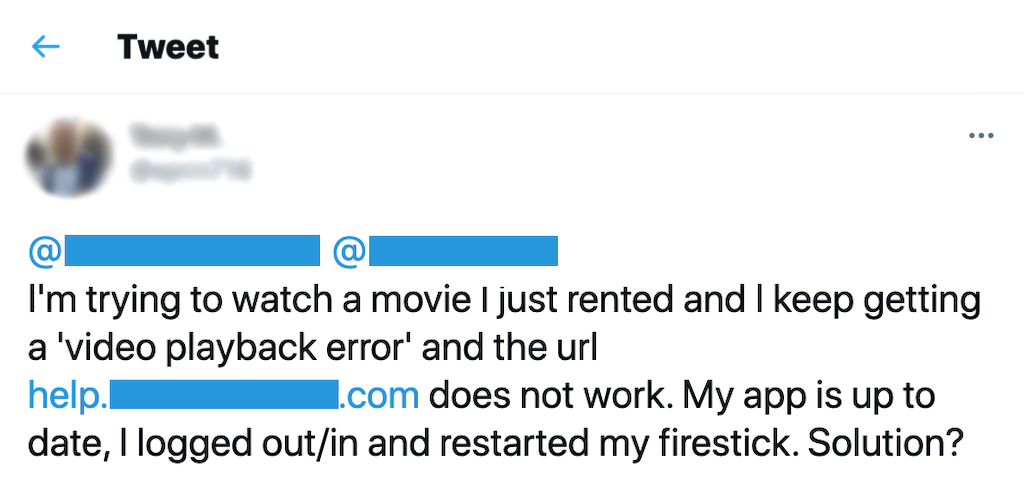There’s a very easy way to tell that a company isn’t successfully using modern app development technologies – its customers are quick to complain on social media. They complain when they can’t stream the latest bingeworthy release. Or access online banking. Or make a purchase, because the cart is timing out.

Even if customers don’t complain publicly, that doesn’t mean their bad experience doesn’t have consequences. One of our customers – a large insurance company – told us that they lose customers when their homepage doesn’t load within 3 seconds.
All of those user complaints of poor performance or outages point to a common culprit: resiliency…or the lack of it. The beauty of microservices technologies – including containers and Kubernetes – is that they can significantly improve the customer experience by improving the resiliency of your apps. How? It’s all about the architecture.
I like to explain the core difference between monolithic and microservices architectures by using the analogy of a string of holiday lights. When a bulb goes out on an older‑style strand, the entire strand goes dark. If you can’t replace the bulb, the only thing worth decorating with that strand is the inside of your garbage can. This old style of lights is like a monolithic app, which also has tightly coupled components and fails if one component breaks.
But the lighting industry, like the software industry, detected this pain point. When a bulb breaks on a modern strand of lights, the others keep shining brightly, just as a well‑designed microservices app keeps working even when a service instance fails.
#microservices #nginx service mesh #resilience
